Today is autism awareness day, and it’s a subject which is close to my heart, and which has been getting more attention recently, which is brilliant. But how much do you understand about people on the spectrum, and how could it be affecting you in your day to day work?
It’s a pretty well known fact that many photographers have neuro-spicy brains. Dyslexia and ADHD are common diagnoses I hear about, but lesser known is the number of photographers with high functioning autism spectrum disorder (ASD), or who have partners, siblings, children or CLIENTS with degrees of it.
Since many people with ASD tend to think in pictures rather than words, photography, film making, design, architecture and other visual careers can be attractive, especially with the ability to hyper focus (it’s often referenced as a more intense version of ADHD in this regard).
Heightened sensory sensitivities is also an ASD thing- a hurdle photographer Dick Sweeney faced when he was awarded a commission from McCann Singapore to develop a project on Autism (image above) for Mastercard. He was instructed not to make eye contact with the children he was photographing and filming so they would not be overwhelmed. Dick isn’t on the spectrum, but found the job to be extremely rewarding.
‘We wanted to portray the spectrum of experiences; the quieter, often overlooked moments that define how individuals with autism engage with the world around them. I found myself drawn to those instances when the subjects were absorbed in something ordinary yet extraordinary—moments of fascination with external stimuli. Whether it was the texture of water, the way the wind played with balloons, or moments of self-awareness, like noticing their own hands or the subtle movements of their bodies, I focused on capturing what many might miss or take for granted.’
Emily Chalk, another photographer I work with, is developing her own project ‘A silent voice’ inspired by her non-verbal autistic son (image below).
‘I want to explore the alternative ways families and loved ones in the autistic community communicate.’ she says, and is looking for participants of all ages.
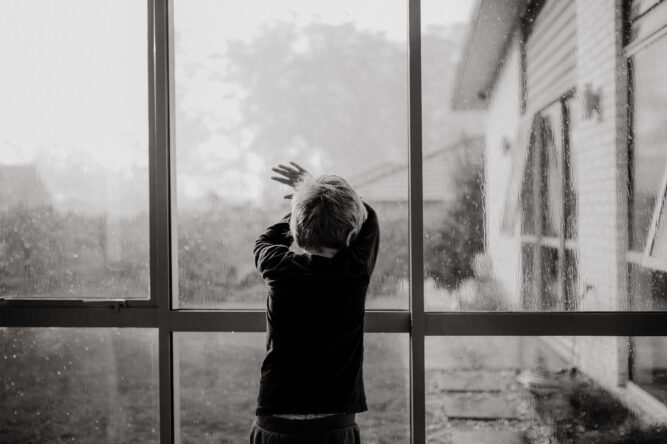
Apart from helping photographers develop authentic personal work, one of my tasks as a consultant is to give insights into the minds of creatives and designers. What shots will they respond to? How should you present yourself to be best perceived by these discerning clients? Understanding that some of those creative decision makers could have varying degrees of ASD can be really useful in your communication skills, marketing and planning.
And understanding your own neuro divergences, and how to manage them, is also key.
In the meantime I am incredibly thankful to the 3 ASD geniuses in my life – my dad, my son and a very successful photographer I have worked with for many years – for teaching me that not everyone sees life the same way, and that we should embrace different and unique perspectives in the world.
As Temple Grandin, one of the first autistic people to document the insights she gained from her personal experiences with it says, the world needs all kinds of minds.

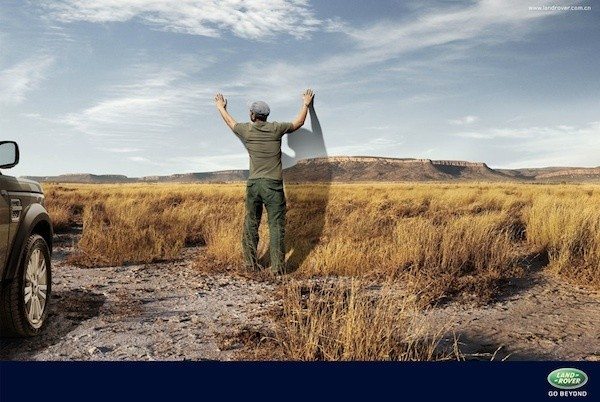 Marketing
Marketing Folios & Editing
Folios & Editing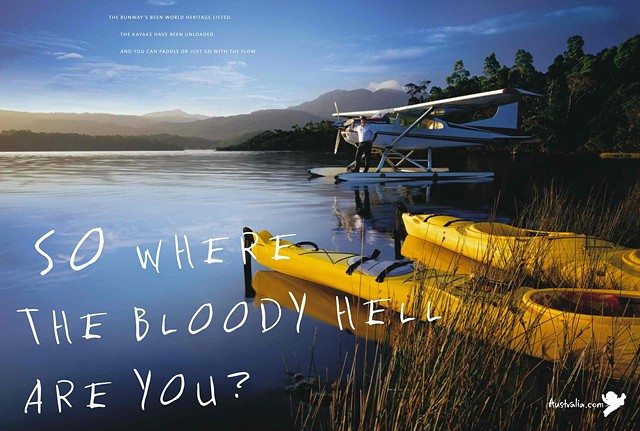 Finding Direction
Finding Direction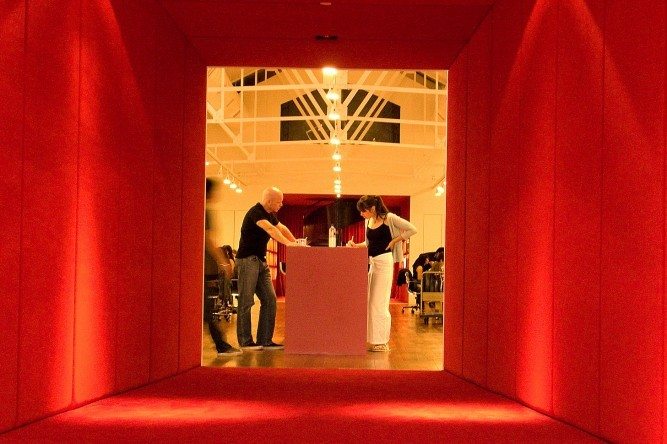 Asia Assignments
Asia Assignments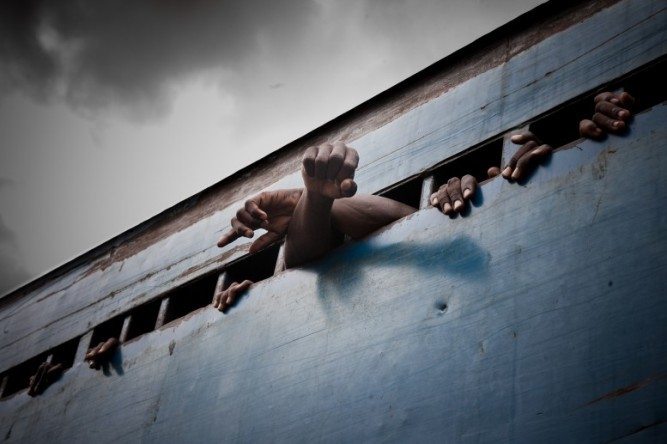 Personal Work
Personal Work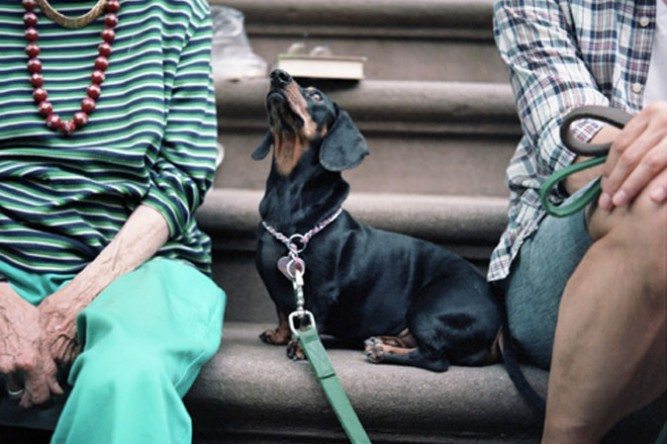 Closing the deal
Closing the deal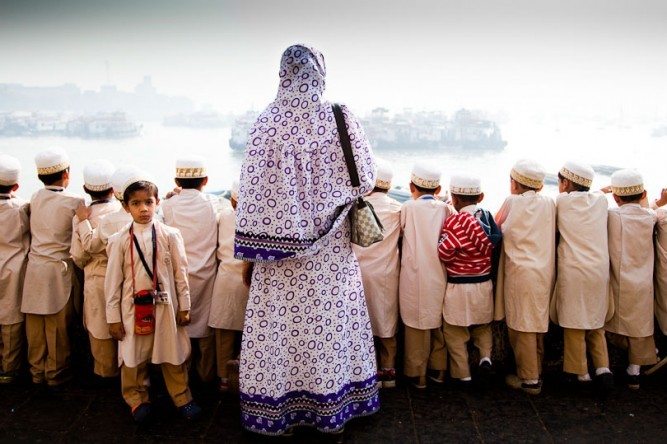 Most Recent
Most Recent Case studies
Case studies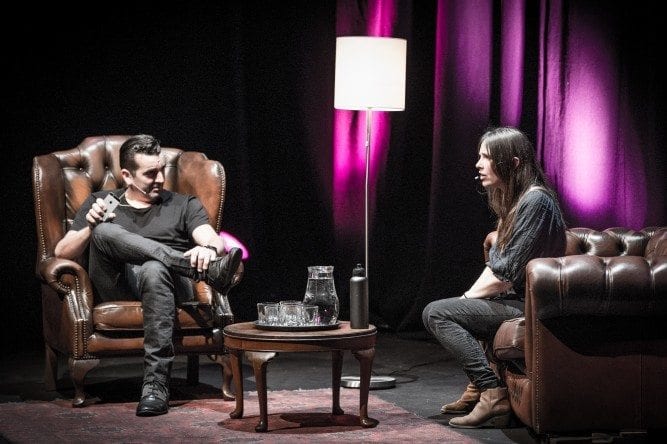 Interviews
Interviews